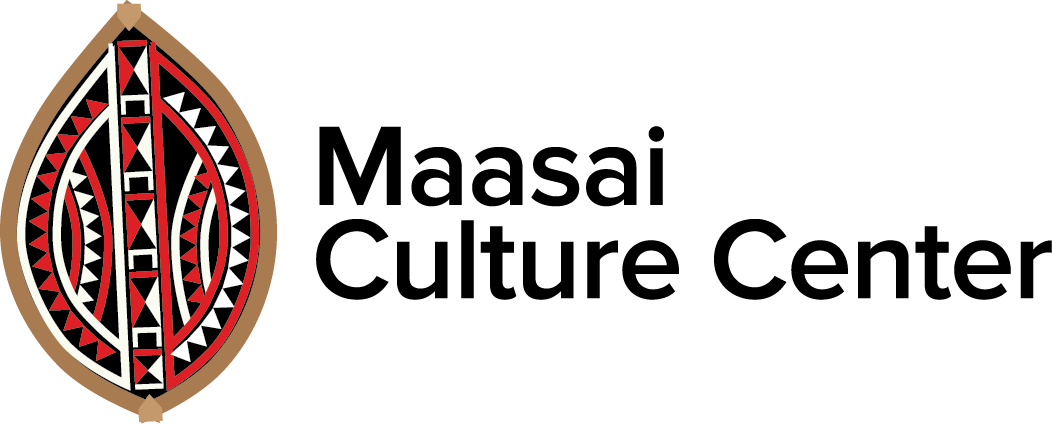About the Maasai Life
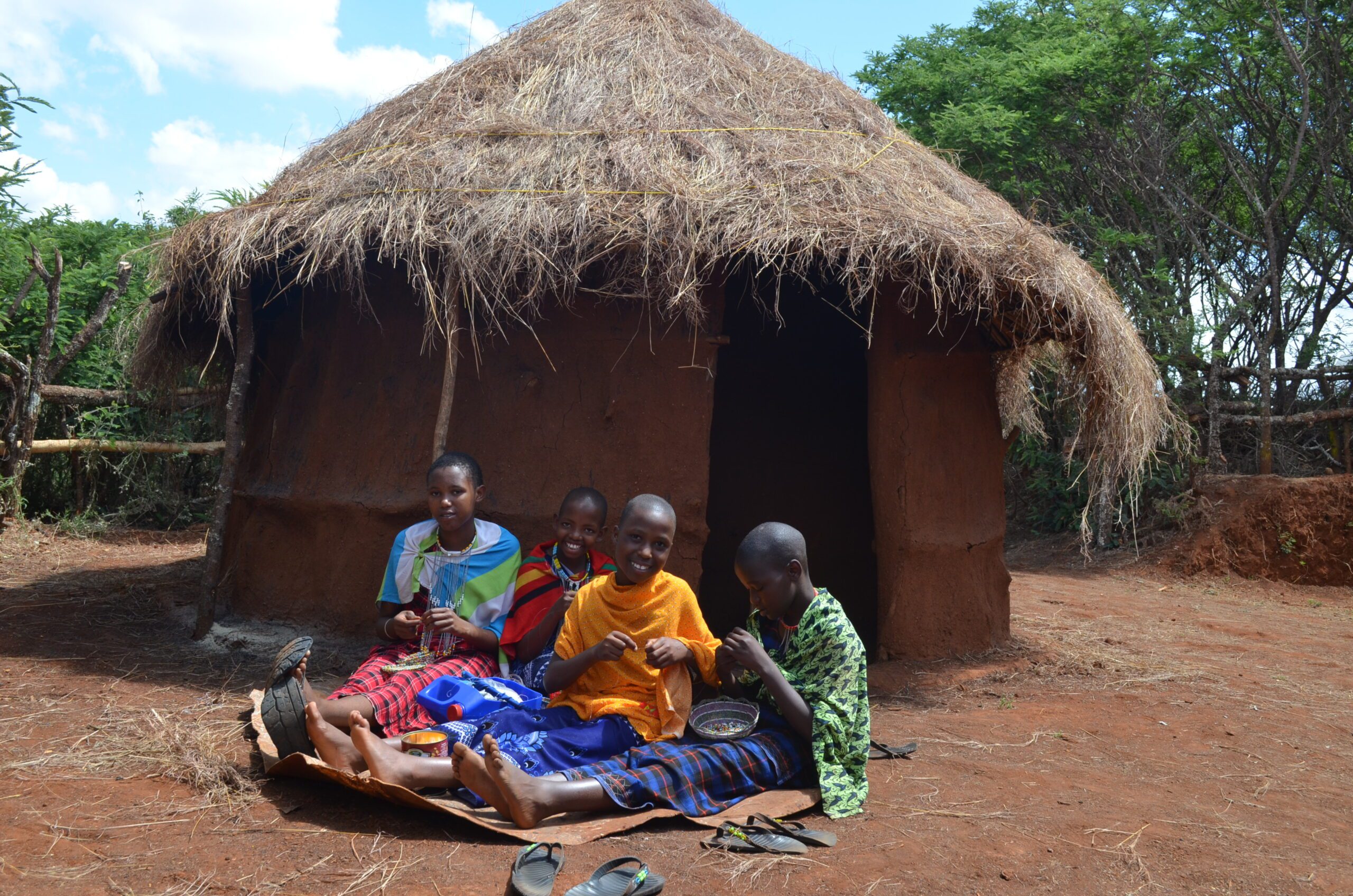
Hidden differences in Maasai life
The Maasai are an iconic East African tribe living in Kenya and Tanzania. We often think of them as one group, but there are some unique differences between them.
Both Kenyan and Tanzanian Maasai value cattle, but for different reasons. Kenyan Maasai prioritize large herds for prestige, while Tanzanian Maasai focus on healthy cattle, likely due to variations in their grazing lands.
Both Maasai groups create intricate beadwork, but the colors and patterns carry distinct meanings depending on their origin.
Typical Maasai family
The family structure is traditionally patriarchal and polygynous, with a man, his wives, and their children forming a household.
Maasai life revolves around the enkang, a circular homestead protected by a thorn fence. Inside are individual houses, or bomas, built by women using mud, sticks, grass, and cow dung.
Each wife has her own dwelling within the family compound and children are raised communally within the enkang, fostering strong bonds between siblings and half-siblings.
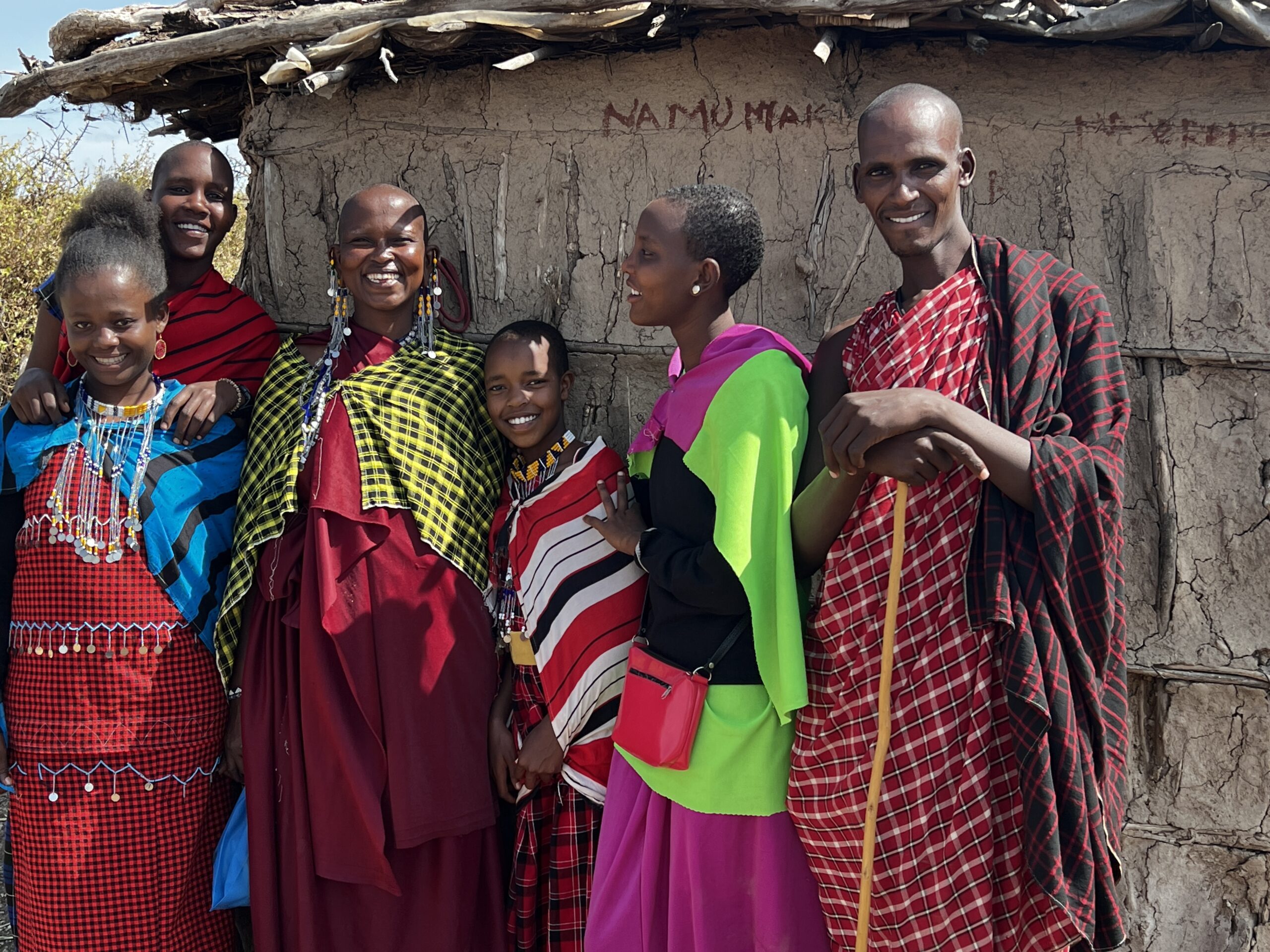
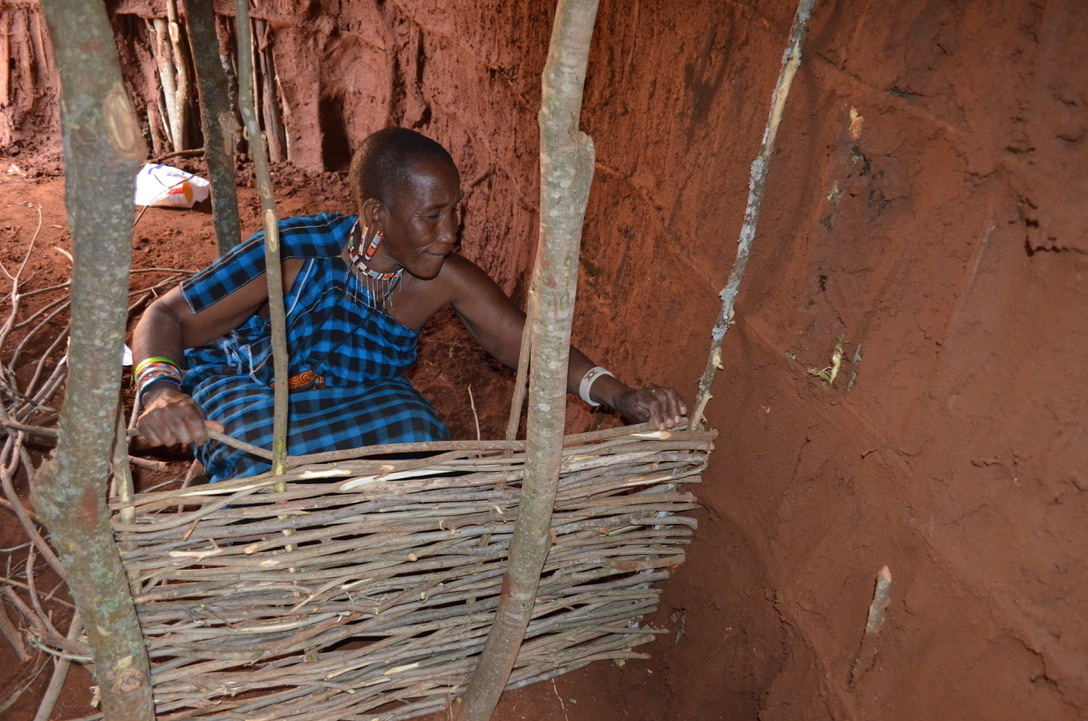
Traditional roles
Men primarily herd cattle, manage community affairs, and protect the enkang. Women handle domestic duties: cooking, milking, fetching water, and maintaining the bomas.
Young boys begin herding smaller livestock, progressing to cattle, while girls assist with household chores, preparing for future roles.
Elders hold respected positions, offering guidance, resolving disputes, and passing down traditional knowledge.
This division of labor sustains their pastoralist lifestyle.
Did you know?
The Massai have their own unique language called Maa, which is part of the Nilotic language family. It’s not just spoken by the Maasai, but also by other groups in the region.
The concept of private ownership was until recently, a foreign concept. As a nomadic tribe, the Maasai used the land as they needed and moved on. Commercialization of land by government has left many Massai in extreme poverty.
The Maasai traditional houses, called bomas, are built by women using mud, sticks, and grass…basically whatever is available. They sleep on the ground and don’t use pillows.
Balancing tradition with sustainability
The Maasai people of East Africa navigate a complex path in today’s world, striving to maintain their rich cultural heritage while adapting to modern realities.
Land loss: Historically a nomadic tribe, their grazing lands are increasingly being converted for agriculture, national parks, and private ownership.
Climate change impacts: Climate change poses a significant threat. Increasingly erratic rainfall patterns lead to prolonged droughts, impacting livestock and access to water. This forces some Maasai to abandon their traditional lifestyle and seek alternative livelihoods.
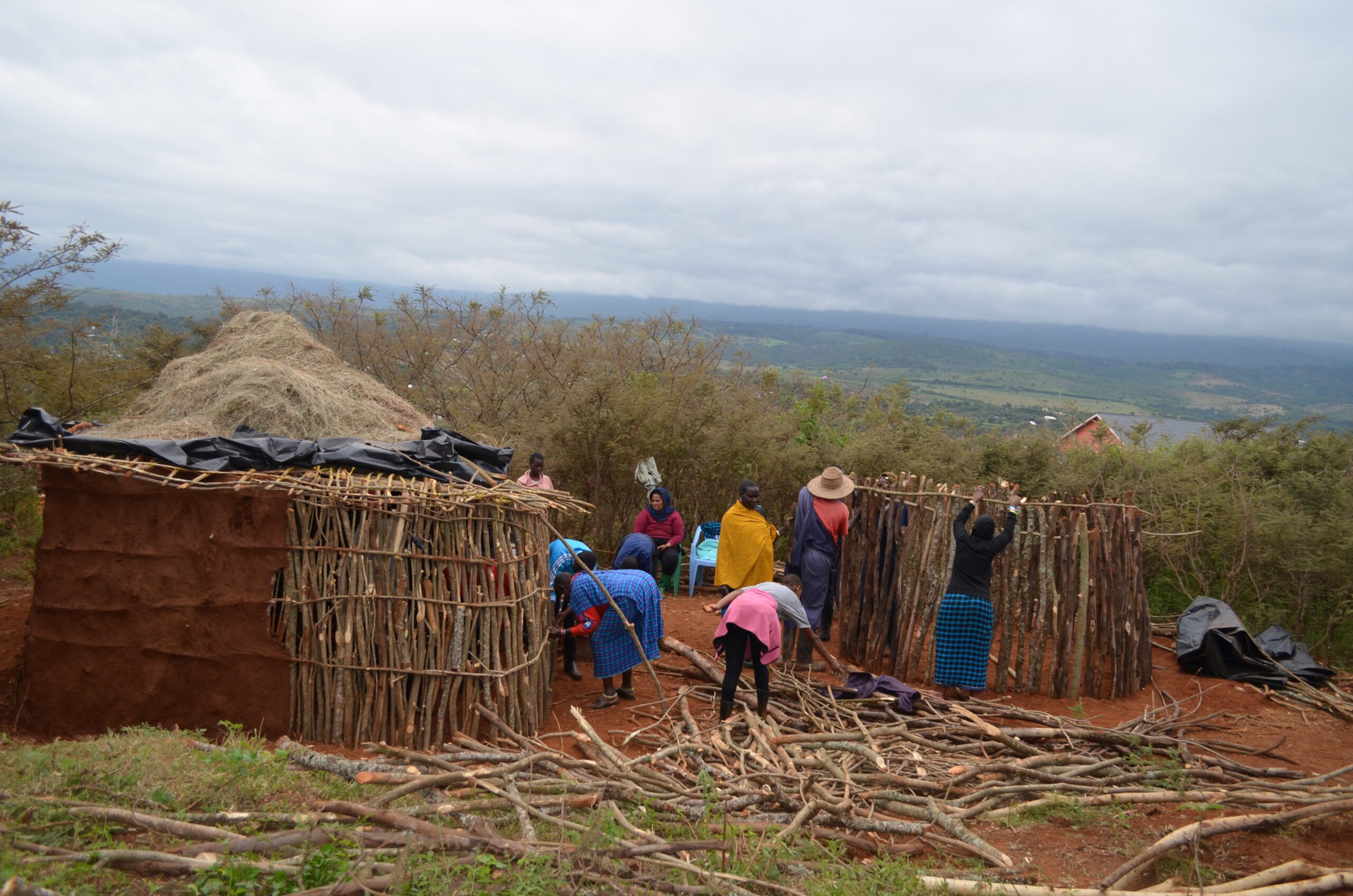
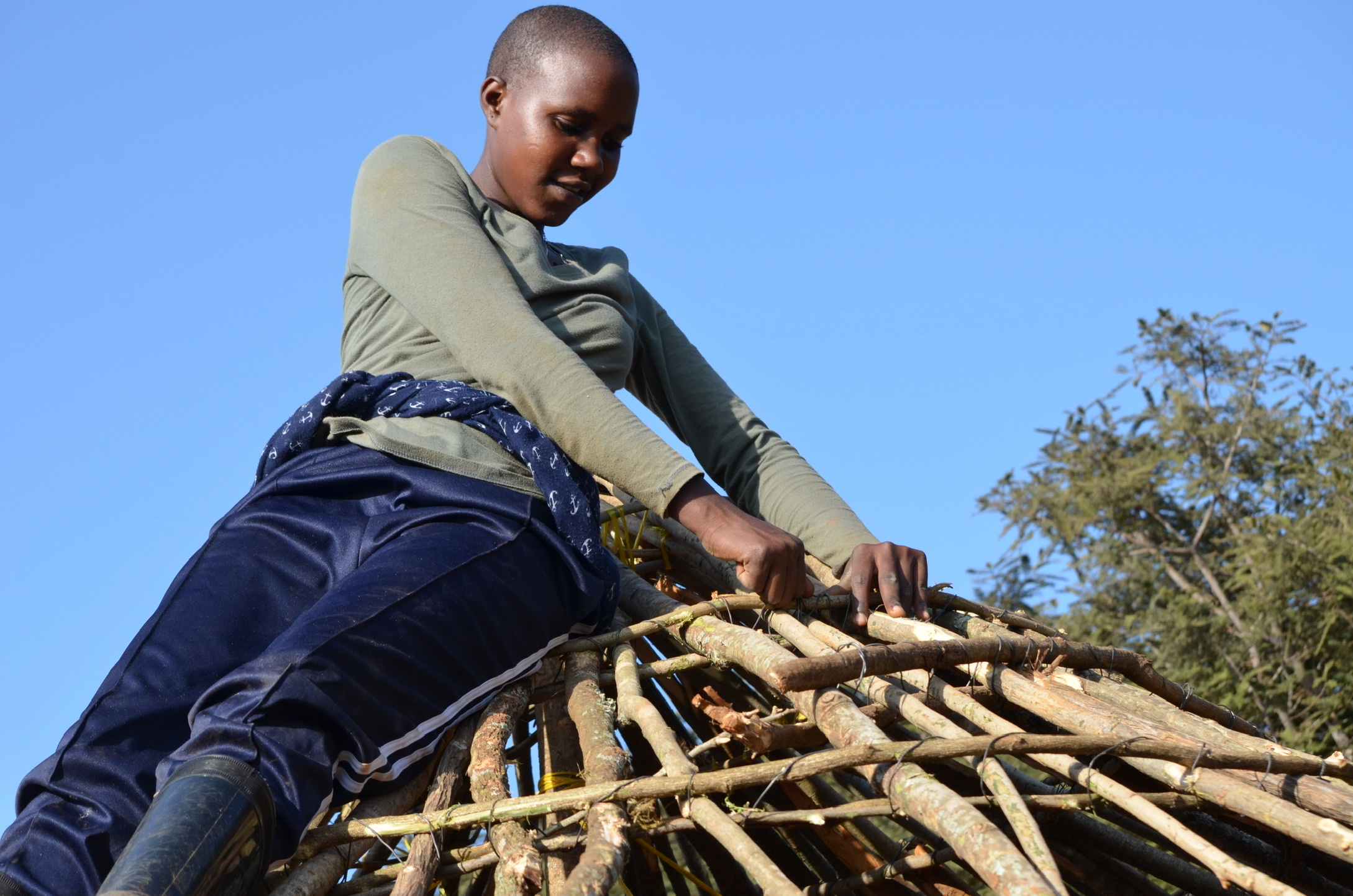
Preserving tradition in the face of modernization
The allure of modern life and economic pressures are drawing younger generations away from traditional practices. While education and new opportunities can be beneficial, they also contribute to a gradual erosion of cultural heritage and traditional knowledge.
The Maasai face the delicate task of balancing cultural preservation with necessary adaptation as they navigate the complexities of the present and future.
Maasai life rich in ceremonies and rituals

Maasai culture is deeply rooted in ceremonial life cycles. The Eunoto, marking the transition from warrior to elder, is renowned for the iconic Adamu jumping dance. Dance and song are central to Maasai life, celebrating milestones like weddings and initiations, and transmitting cultural heritage across generations. Other ceremonies include:
- Enkang oo-nkiger: Blessing new homesteads, a crucial ceremony ensuring prosperity and harmony for the family.
- Olng’esherr: A meat-eating ceremony for community well-being
- Rainmaking rituals: Involve elders performing prayers to appease the gods and bring much-needed rainfall.
These generational traditions reinforce Maasai values, strengthen community bonds, and connect them to their ancestors.
Spiritual beliefs
The Maasai traditionally believe in Engai, a single god with both benevolent and wrathful aspects. Ancestral spirits (iIkunyi) mediate between Engai and humans. Cattle are sacred, seen as a gift from Engai and vital for survival.
Important life events are marked by rituals, such as warrior initiations. Christianity has influenced some Maasai, leading to varying degrees of integration with traditional beliefs. Some fully convert, while others maintain their ancestral practices alongside Christian elements, creating a diverse spiritual landscape within the community.
Circumcision: Complex and controversial
In some Tanzanian Maasai communities, both male and female circumcision are practiced as rites of passage. For young men, Emuratare marks their entry into warriorhood, involving a public circumcision that tests their stoicism. This is followed by a period of seclusion and learning.
Female circumcision (female genital mutilation) is a complex and sensitive issue due to potential health risks and human rights concerns particularly since some girls are cut as young as 11 years of age. Discussions within Maasai communities are on-going to explore alternative ways to recognize rites of passage.
Frequently Asked Questions
If you have more questions about visiting the Maasai Culture Center, you can always reach out to us!
How many Maasai people are living in Tanzania and Kenya?
It is estimated there are 1 million Massai people living in Kenya and Tanzania but it is unclear if this count is accurate.
Why are the Maasai people struggling when they survived and thrived for generations?
Maasai are facing many challenges but the commercialization of livestock and land has been extremely detrimental to this nomadic tribe. The creation of national parks and reserves has limited the Maasai’s access to critical water sources, pasture and salt lick. Consequently this society that had a long tradition of pride is now begging for food. As responsible travelers, we owe it to them to learn about their culture and help them survive.
Why was the MCC created and who operates it?
The Maasai Culture Center was created to share the rich traditions and lifestyle of the Maasai tribe with curious travelers interested in expanding their knowledge while benefiting the local community. All proceeds from the Culture Center go to support the Maasai Girl Rescue Center, home to over 70 girls who were rescued from terrible situations and given a loving, healthy home, medical attention, education and a path to financial independence. The Center is operated by the Maasai staff of MGRC.
Do I need a reservation to visit the MCC?
Reservations are not required but it can be helpful, especially in high travel seasons. We do offer drop in tours, twice a week, depending on the time of year.
Is lodging close by?
The ecoLodge, adjacent to the Cultural Center, is nearing completion and will be taking reservations for a fall 2025 opening. The ecoLodge offers not only stunning views, sustainable lodging, and delicious farm-to-table meals, it offers travelers a true opportunity to help the most at-risk Maasai girls. All profits from the ecoLodge go to support the Maasai Girl Rescue Center, home to over 70 girls who were rescued from terrible situations and given a loving, healthy home, medical attention, education and a path to financial independence.
